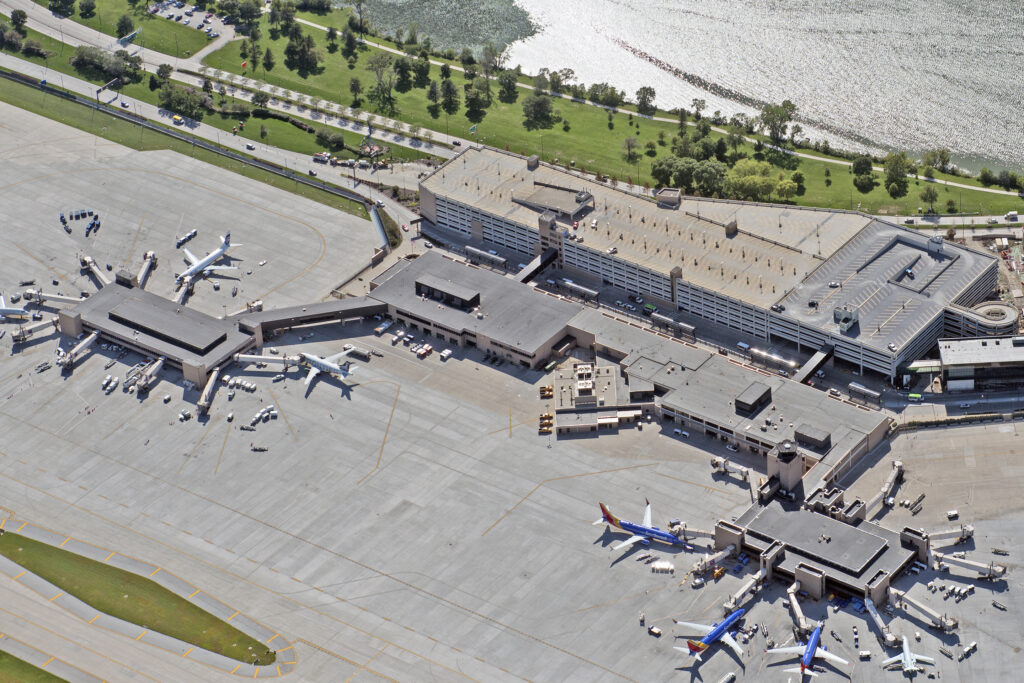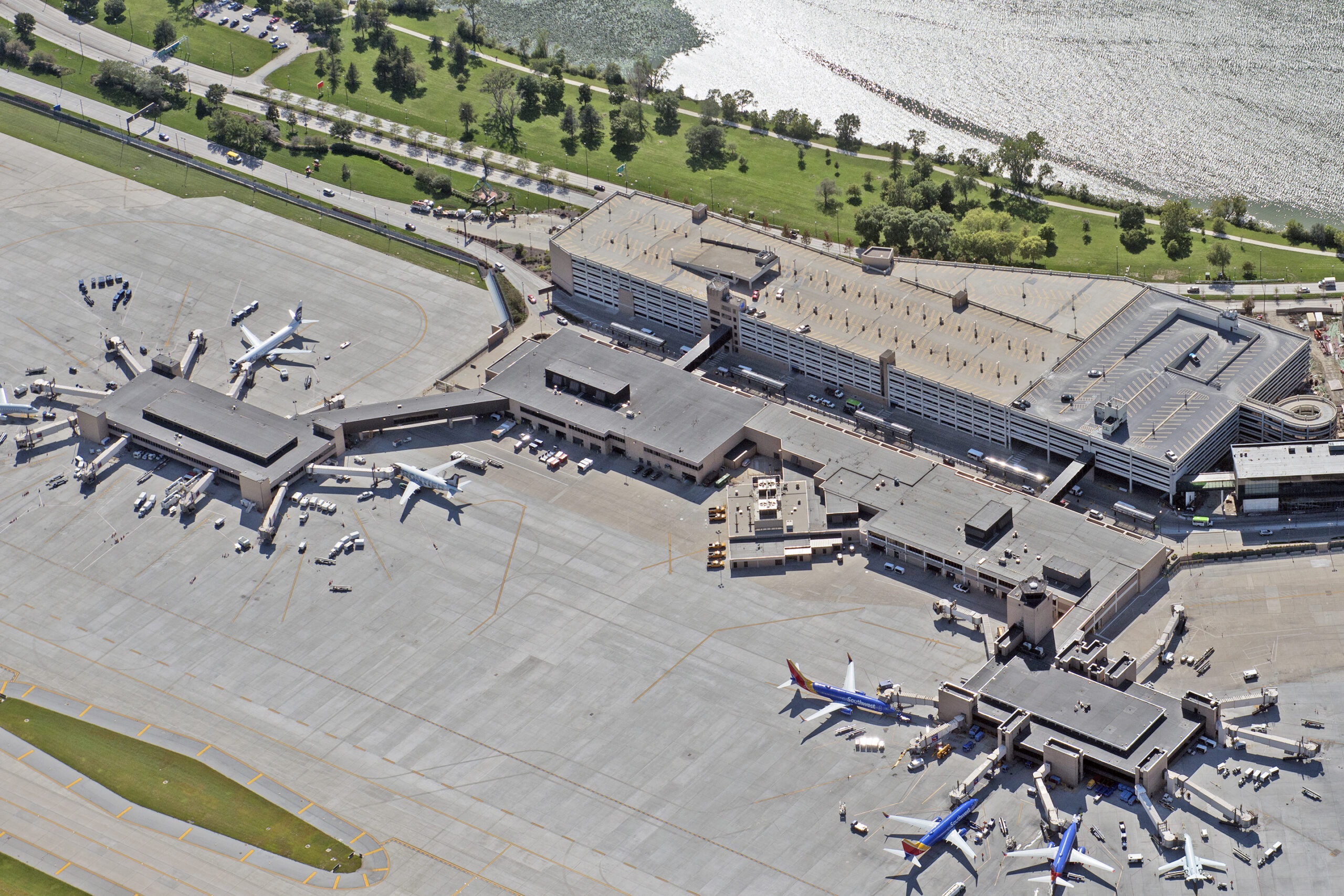NEED
As part of their planned terminal redevelopment program, the Omaha Airport Authority (OAA) needed to create a delivery strategy that could successfully meet various business objectives. For their $500M program, OAA had concerns about affordability, design control, flexibility to have a development off-ramp if business conditions changed, and robust risk transfer. Finally, the primary delivery method OAA had used in the past of design-bid-build delivery method, whether for horizontal or vertical construction.
ANALYSIS
As a starting point, PG worked with OAA to identify their key development objectives – essentially the key values surrounding HOW the Authority wanted to conduct the design and construction of the program. Examples of common development objectives at most airports include design control, risk transfer, cost control, risk of project changes, and/or cost increases. We find that when development objectives are prioritized all within the context of the Owner’s capabilities and constraints, these factors will drive nearly all development decisions in a coordinated and consistent manner across the entire program.
Additionally, PG staff conducted interviews with the executive team and key development staff to define: OAA capabilities in terms of staff experience and capacity and the same for organization capacity and expertise. Additionally, we reviewed their development framework and requirements with the Authority’s team as found in state statute, OAA administrative regulations, and organizational practices. Together this data helps define the rules of the road for OAA in the delivery of capital development regardless of past history for capital development programs.
With this data in hand, the team worked through a process of creating the best match of OAA’s criteria (development objectives, capabilities, & constraints) measured against the families of delivery methods, including design-bid-build, construction manager at risk, design-build, and public-private partnership. The weighted criteria-based scoring methodology was conducted to help define the broad delivery method approach that would best serve OMA’s development program.
The result was that OAA selected the design-build delivery method family. PG then worked with the Authority to identify the key areas where customization of the delivery method was required. These customizations were derived from OAA development objectives and allowed the key concerns of the Authority to be addressed within the design-build delivery method.

RESULTS
OAA ultimately concluded with the use of a design-build delivery method customized to provide:
- A two-step task order-based contract divided between design and construction, providing for a development off-ramp/slow down if business conditions changed
- Risk transfer through the basic DB single contract for design and construction
- Program design carried through to 80% completion prior to submission of the Guaranteed Maximum Price. This afforded OAA significant design control while still securing important and substantial advice from the builder about design solutions that supported an efficient and cost-constrained design.
This approach has already paid dividends for OAA in light of COVID. The Authority was proceeding into early design efforts when COVID business impacts occurred in the 2nd Quarter of 2020. OAA was able to slow the project until business conditions changed while still retaining the builder and designer. OAA restarted the project effective January 2022 and PG looks forward to continued work with the Authority to implement the project.

